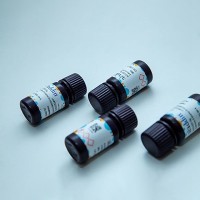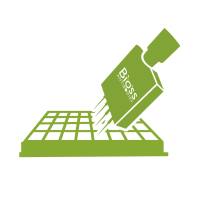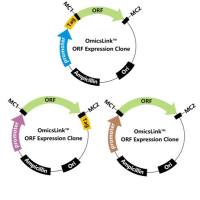Platelets pose unique challenges to cell biologists due to their lack of nucleus and low levels of messenger RNA. Platelets cannot be cultured in great abundance or manipulated using common recombinant DNA technologies. As a result, platelet research has lagged behind that of nucleated cells. The advent of mass spectrometry and its application to protein biochemistry brought with it great hopes for the platelet community that are now being realized. This technology is ideally suited for identifying low-abundance proteins, protein–protein interactions, and post-translational modifications in complex protein mixtures. Over the past 10 years, proteomics has delivered in many ways, providing platelet biologists with a comprehensive list of proteins expressed in platelets, information on post-translational modifications, protein interactions and sub-cellular localization. Several novel and important platelet membrane proteins, including CLEC-2, CD148, G6b-B, G6f, and Hsp47, have been identified using proteomics-based approaches. New, more sensitive instrumentation and novel approaches are making it increasingly possible to identify ever lower amounts of proteins. In this chapter we highlight some of the major achievements of platelet proteomics to date, discussing challenges and how they were overcome. We also discuss new frontiers and applications of proteomics to platelets and microparticles in health and disease, as we strive to better understand the molecular mechanisms underlying the platelet response to vascular injury.






